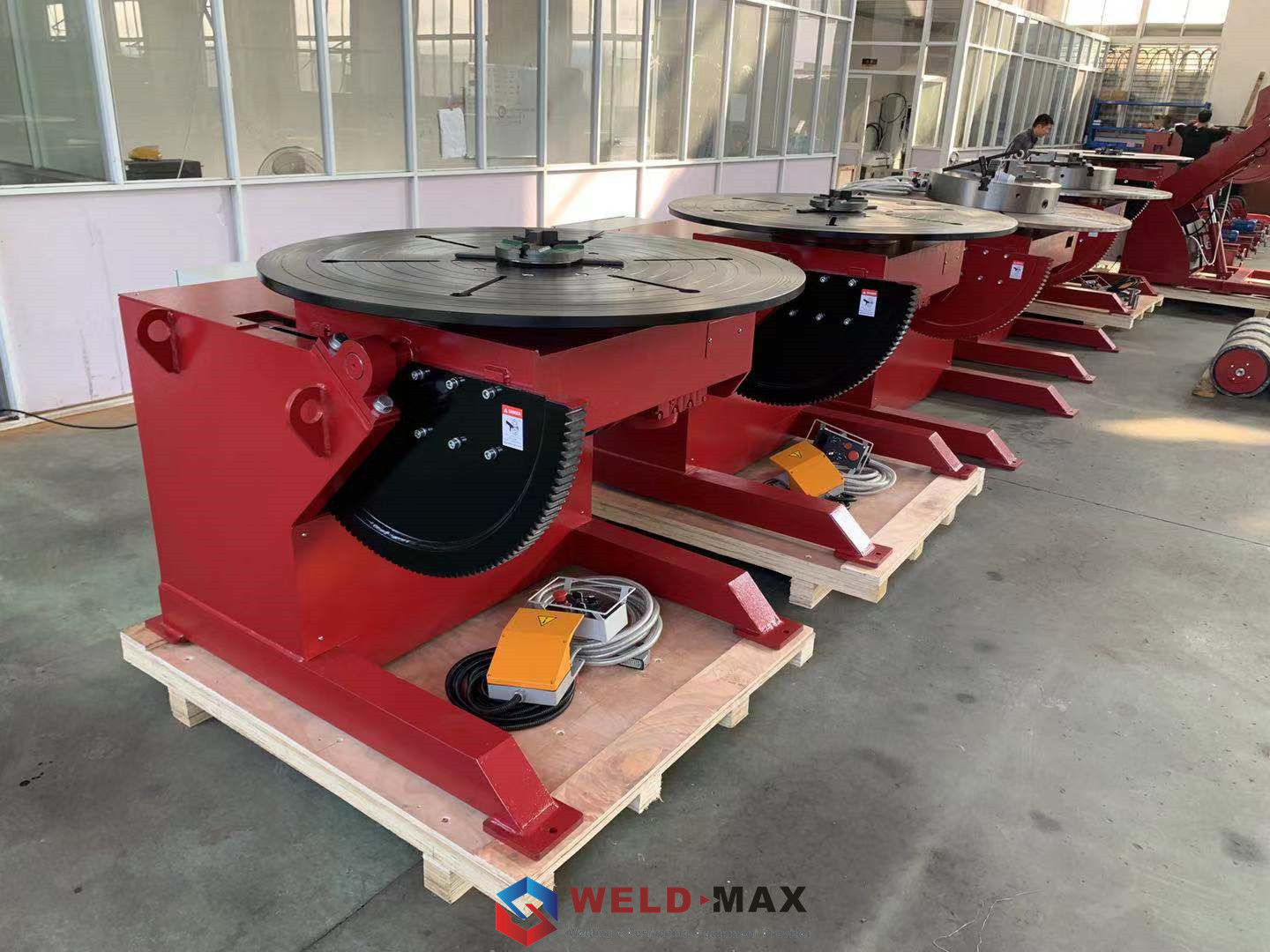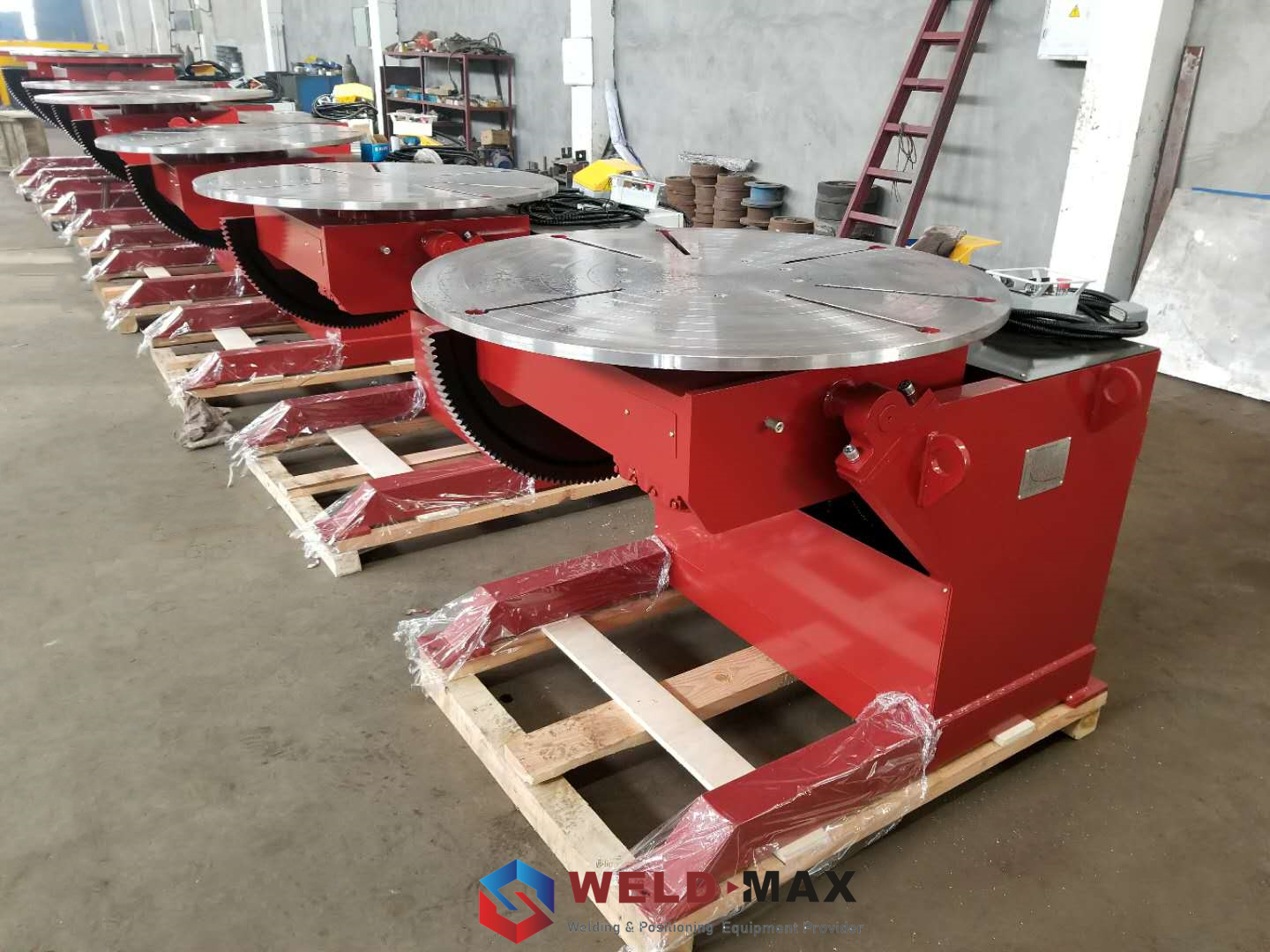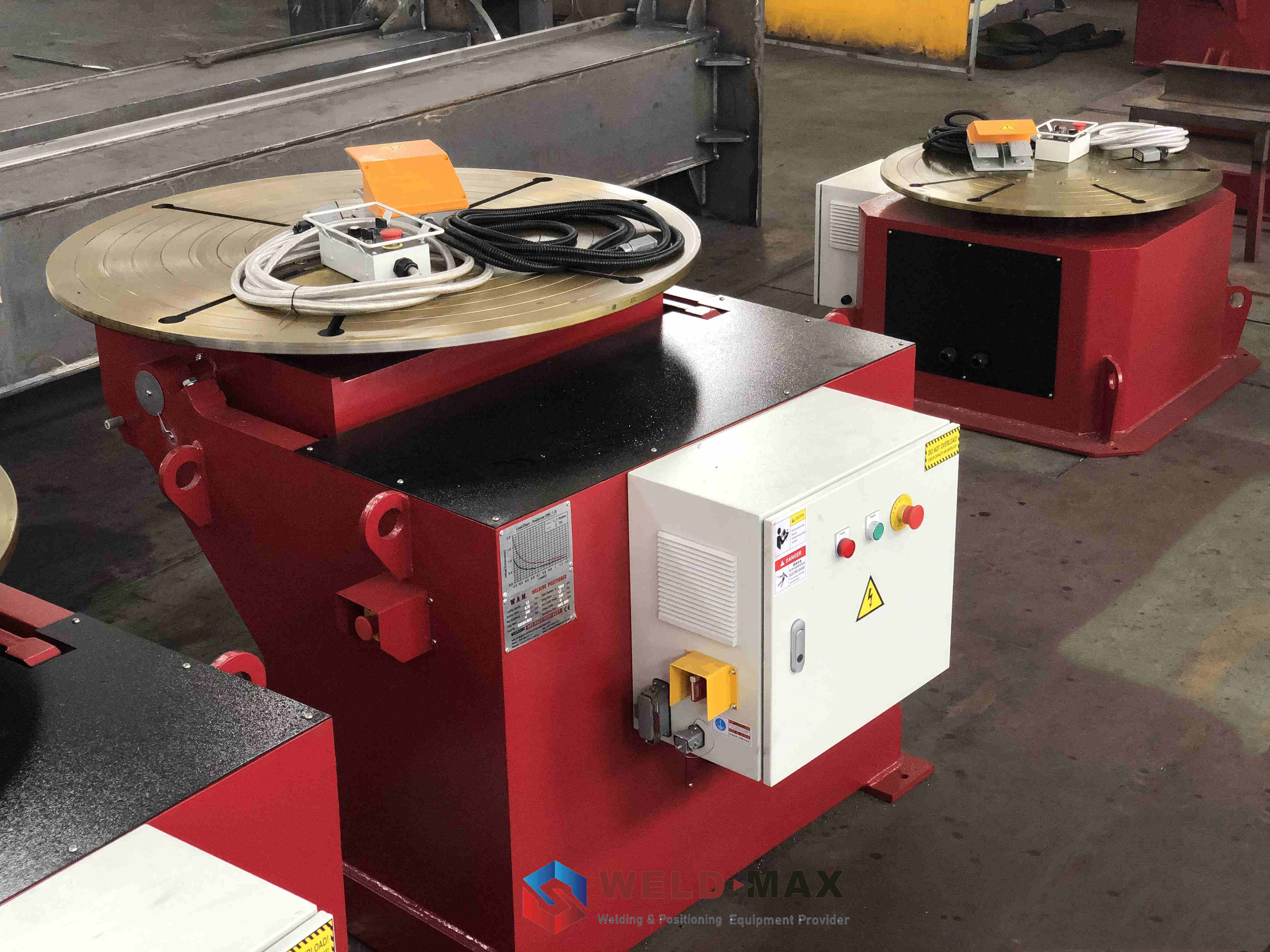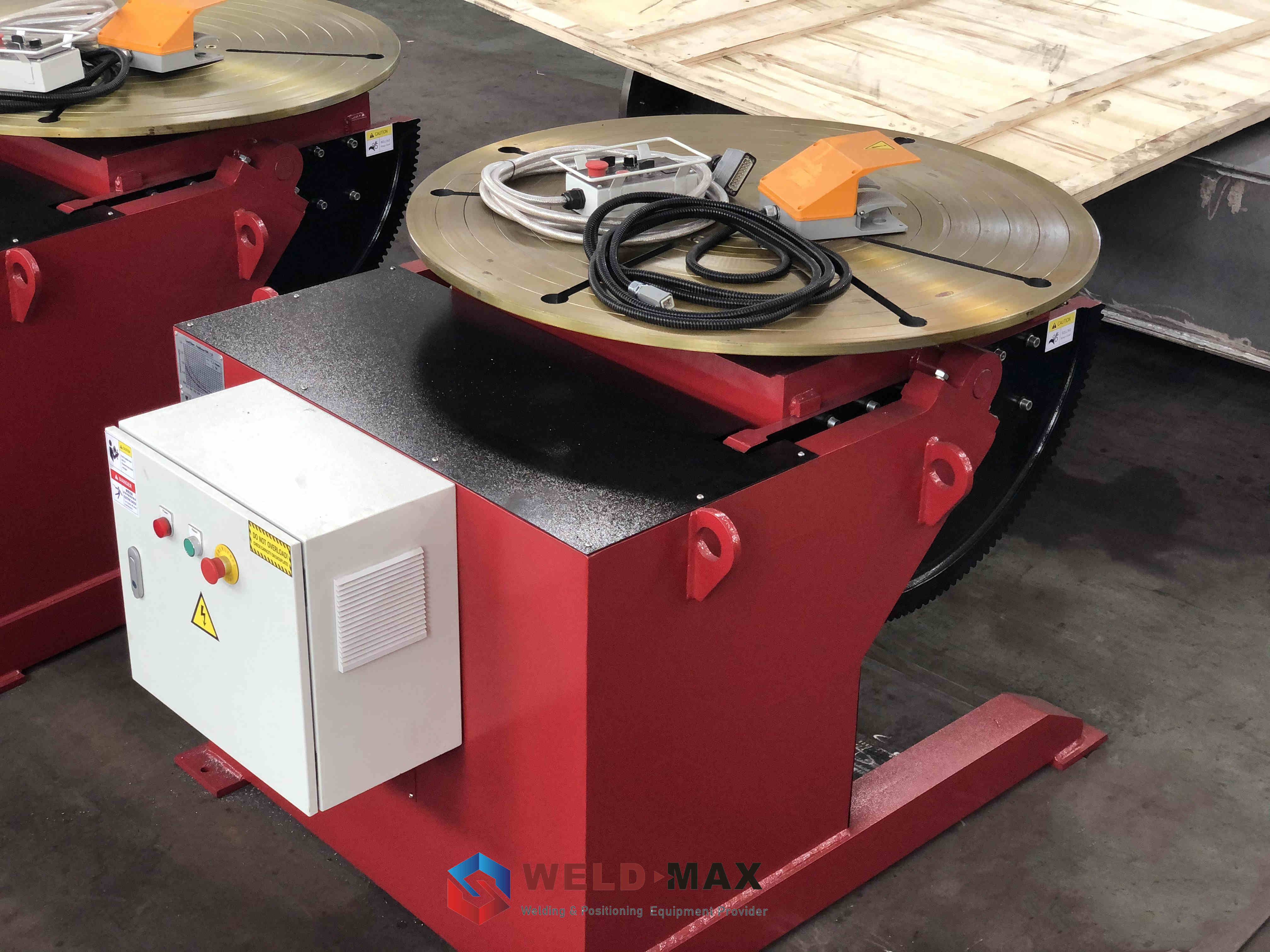Introduction To The Functions And Types Of Positioners
Weldment displacement machinery is a variety of mechanical equipment that changes the spatial position of the weldment during the welding process to make it beneficial to the welding operation.
According to different functions, weldment positioners are divided into four categories: welding positioners, welding roller racks, welding turntables, and welding turning machines.
In manual welding operations, various weldment displacement machines are often used, but in most fields, weldment displacement machines are used in conjunction with welding machine displacement machines to complete longitudinal seams, transverse seams, and circumferential seams, an important part of the space curve weld. In the flexible processing unit and processing system centered on the arc welding robot, the weldment positioner is also one of the components of the equipment. In the welding of complex weldments and welding operations that require high welding position accuracy, such as narrow gap welding, and surfacing welding of spatial surfaces, all require the cooperation of weldment displacement machinery to complete their operations.
Welding positioner is mainly used for turning and positioning non-long weldments such as frame, machine base, casing, flange, and head. The welding positioner can be divided into three types according to the structure type:
(1) Outrigger welding positioner
The rotary table rotates around the axis of rotation and is installed at one end of the extension arm. The extension arm generally rotates at an angle relative to a certain axis, and the position of this axis is mostly fixed, but some can also be within a range of less than 100° tilt up and down. Both of these two movements change the position of the rotary axis of the worktable, so that the displacement rotary axis of the machine rotates at an angle, and the position of this axis is mostly fixed, but some can also tilt up and down within a range of less than 100. Both of these two kinds of movements change the position of the rotary axis of the worktable, which makes the displacement range of the machine larger, and the work adaptability is good.
(2) Fixed welding positioner
The worktable and the rotating mechanism are supported on the machine base through a tilt shaft. The worktable rotates at a welding speed. The tilt shaft is tilted at a constant speed or variable speed in the range of 110°~140 through a sector gear or a hydraulic cylinder. The machine has good stability, generally does not need to be fixed on the foundation, and is convenient to move. It is used for flipping and displacing weldments of 0.5-50t. It is the structure with the largest output, the most complete specifications, and the most widely used structure at present. It is often used in conjunction with telescopic welding manipulators or arc welding robots.
(3) Two-seater welding positioner
Two-seater welding positioner is a positioner machine that integrates the functions of turning and rotating. Turning and turning are driven by two shafts respectively. In addition to rotating around its own axis, the worktable holding the workpiece can also be tilted or turned around another axis. It can adjust the welds at various positions on the weldment to horizontal or “boat-shaped” easy-to-weld positions are suitable for welding frame, box, disc and other non-long workpieces.
Send your message to us:
Post time: Jul-07-2021



